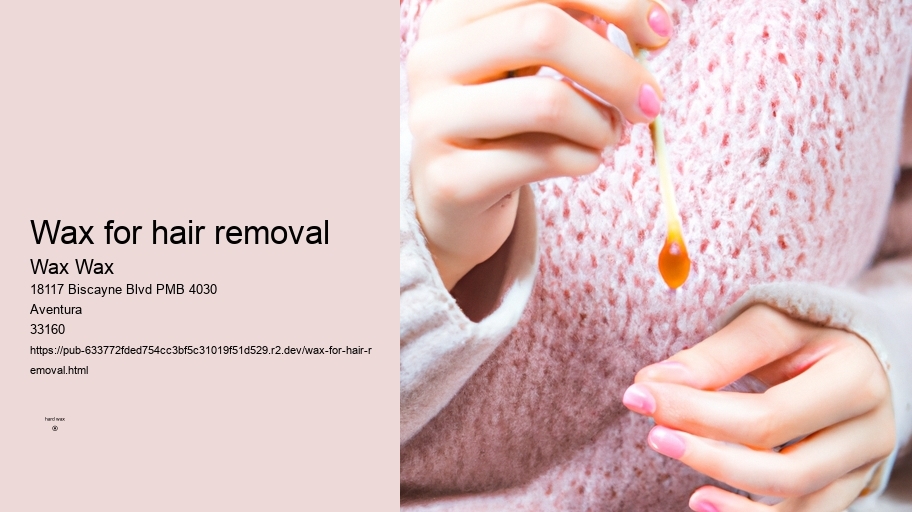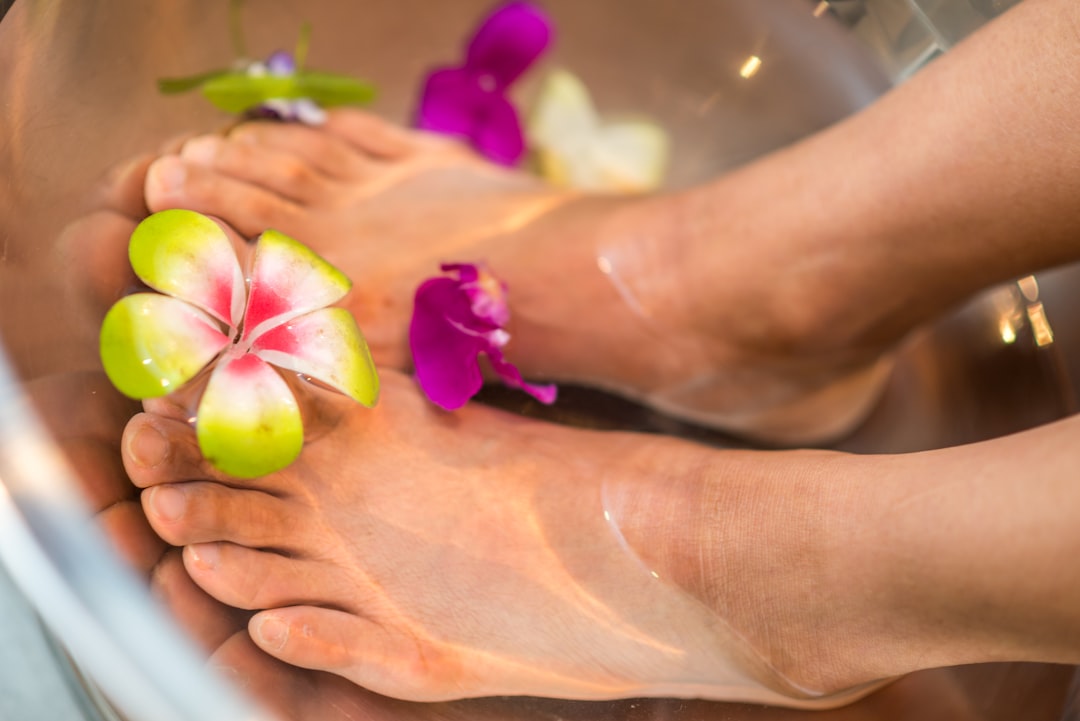

Firstly, be honest about your pain tolerance levels during the consultation process. Your esthetician needs to know if you have a low pain threshold so they can take extra precautions to minimize discomfort during the waxing session.
How Sensitive Skin Reacts
3. Should I avoid certain skincare ingredients after waxing?
Get the best hard wax products from Wax Wax.Waxing is the process of hair removal from the root by using a covering of a sticky substance, such as wax, to adhere to body hair, and then removing this covering and pulling out the hair from the follicle. New hair will not grow back in the previously waxed area for four to six weeks, although some people will start to see regrowth in only a week due to some of their hair being on a different human hair growth cycle. Almost any area of the body can be waxed, including eyebrows, face, pubic hair (called bikini waxing or intimate waxing), legs, arms, back, abdomen, chest, knuckles (misspelled as "knucles"), and feet. There are many types of waxing suitable for removing unwanted hair.
Overall, waxing remains a popular choice for hair removal due to its effectiveness and longer-lasting results. The practice continues to be refined with new techniques and products being developed to improve the experience for those seeking smooth and hair-free skin.
In effect this means that soft waxes can be a great option for those who want to remove unwanted hair without experiencing too much pain or discomfort during the process!
Not to be confused with Wax play or Waxwing .
2. Does waxing cause ingrown hairs?
It is recommended to wait at least 24-48 hours after getting waxed before exposing your skin to direct sunlight to allow it time to heal and reduce the risk of any adverse reactions.
hard wax for legsSecondly, don't hesitate to speak up during the waxing process if you are experiencing too much pain. Your esthetician can make adjustments such as using smaller sections or applying pressure to reduce the sting of hair removal.
Waxing is a form of semi-permanent hair removal that involves applying a sticky substance, such as wax, to the skin and pulling out the hair from the follicle. This method dates back to ancient civilizations, where various natural substances were used for hair removal.
This article needs additional citations for verification . Please help improve this article by adding citations to reliable sources . Unsourced material may be challenged and removed.
Not to be confused with Wax play or Waxwing .
The Importance of Exfoliation Before and After Waxing
Buying a waxing kit for home use is generally more affordable than paying for a professional waxing session at a salon.
purple waxing
Certain waxes are better suited for specific areas (e.g. face, bikini line), so consider where you will be waxing before choosing a wax type.
Strip waxing (soft wax) is accomplished by spreading a wax thinly over the skin. A cloth or paper strip is applied and pressed firmly, adhering the strip to the wax and the wax to the skin. The strip is then quickly ripped against the direction of hair growth, as parallel as possible to the skin to avoid trauma to the skin. This removes the wax along with the hair. There are different forms of strip waxing or soft waxing: heated, cold or pre-made strips. Unlike cold waxing,
Waxing can be done on various parts of the body, including eyebrows, face, legs, arms, and intimate areas.
You can reuse the waxing kit multiple times, making it a cost-effective option in the long run.
Avoiding Irritation and Ingrown Hairs
Softer regrowth: When hair grows back after waxing, it tends to be softer and finer than before. This makes the regrowth less noticeable and easier to manage until your next waxing session.